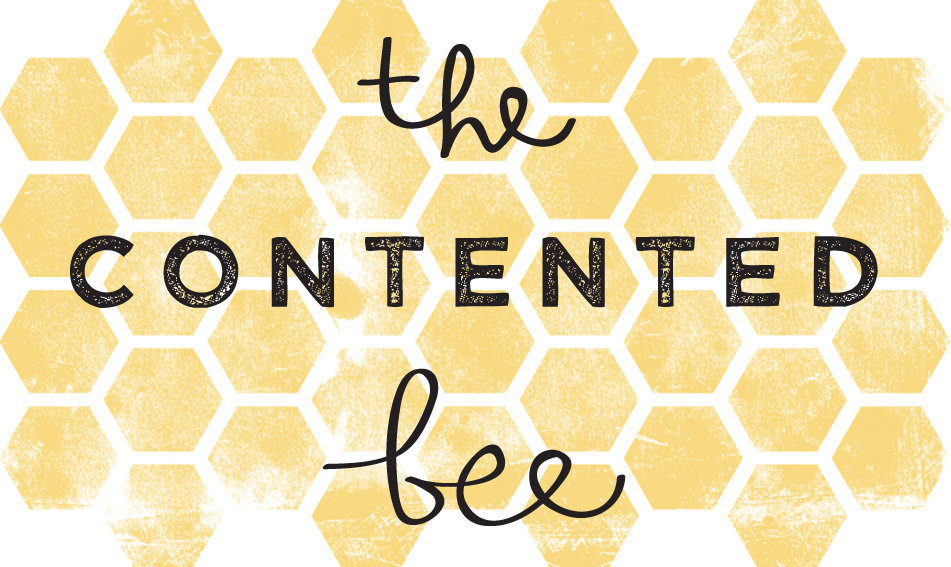It's been over a month now since our little guy turned one and since we celebrated that special day with family and friends, but I wanted to take a few minutes to share with you about the little party we threw for him!
Have you explored the world of first birthday parties on Pinterest??? A few words to describe it would be "adorable," "amazing," "wonderful," "overwhelming," "expensive," "obsessive"....dare I say "scary"??? I have a love/hate relationship with Pinterest. I love it as a place to keep track of links. You can be so visually organized on Pinterest, which is awesome! I love it for the plethora of ideas that you can find on there for just about anything and everything. I hate it as it I think it fuels the issues that we have in this culture for constantly wanting more and being discontent with what we have. So, as I started planning for this special one-year-old's first birthday party, I had to continually remind myself that he is one and would not remember this party, nor was the party about having perfect decorations or amazingly cute treats. No, it was about celebrating the birth of our beloved boy with those we love.
Simplicity became my mantra (I'm sure you're shocked, right?!) and out of that desire for simplicity grew a desire to keep this party as eco-friendly as possible. Because, parties sure can create a lot of trash! My goodness! Between disposable plates, cups, pop/beer cans, utensils, plastic wrap, food waste, wrapping paper, decorations, etc., there is just a lot of trash! So, I intentionally thought through all that would be coming in and going out and did my best to limit the trash where I could. Here are some of the ways I was able to host an {almost} zero-waste birthday party.
- I made a "forever" birthday banner! I knew I wanted a birthday banner for the party and so I tossed around ideas of making one that said "one," and that could be use for subsequent children turning one...but as the usefulness of that was a bit limited, I decided, "Heck! We need a banner that can be used every year for each birthday!" And the "forever" birthday banner was born out of leftover fabric scraps, most of which hold sentimental memories, like fabric from the crib sheets, Oak's quilts, a dress I made, our wedding decor, handmade gifts for family/friends, etc.
- I used photos as decor. I've been wanting to print a bunch of pictures and put them into albums and in frames in our stairway, and so I decided to print pictures of Oak from his first year and put them up all around the room we used for the party. I used garden twine, mini clothes pins, and masking tape to attache them to the walls. The tape was recycled, the twine will be reused, and the mini clothes pins will be saved for other such events/decoration needs.
- I used things I already had for decor. We had some leftover tree trunk slices from my brother's wedding that we used as centerpieces Also, for Oak's Halloween costume last year he was an Oak tree made out of felt leaves pinned to a shirt, so I used the felt leaves on the tables as well.
- I printed simple coloring sheets for the tables. They were then recycled after the party and the crayons we used were from our church's stash, where we held the party. We were also able to use the church's cloth tablecloths, which was awesome.
- I bought compostable plates, cups, straws, and utensils. These were a bit more expensive than regular plastic/paper disposables, but it was important to me to compost them rather than throw them away.
- I used real dishes where I could. I brought a basketful of mason jars that we used as glasses and used real dishes for the food I brought. Where food was concerned, the only trash we created was a bit of plastic wrap and the only recyclables were beer cans and a lemonade jar.
I do believe that the wrapping paper ended up being thrown away, rather than recycled, as I didn't help with that clean up process, but other than that, all things were composted or recycled and clean up was pretty quick and easy!
And for those who are wondering...I made this Harvest Cake for Oak's birthday cake. It's made with carrots, zucchini, and beets and sweetened with mostly maple syrup. It was probably the most nutritious cake any of us have ever eaten! And it was very delicious! I used all cream cheese for the frosting, instead of the goat cheese/cream cheese blend it calls for, simply to keep expenses down, but I'd love to make it again sometime with the goat cheese...because goat cheese...yum.
The party was a success! It was simple, fun, and we had a wonderful time celebrating our little Oak tree. He loved being with his family and friends and throughly enjoyed his cake and opening presents. It was a fun day, indeed!


